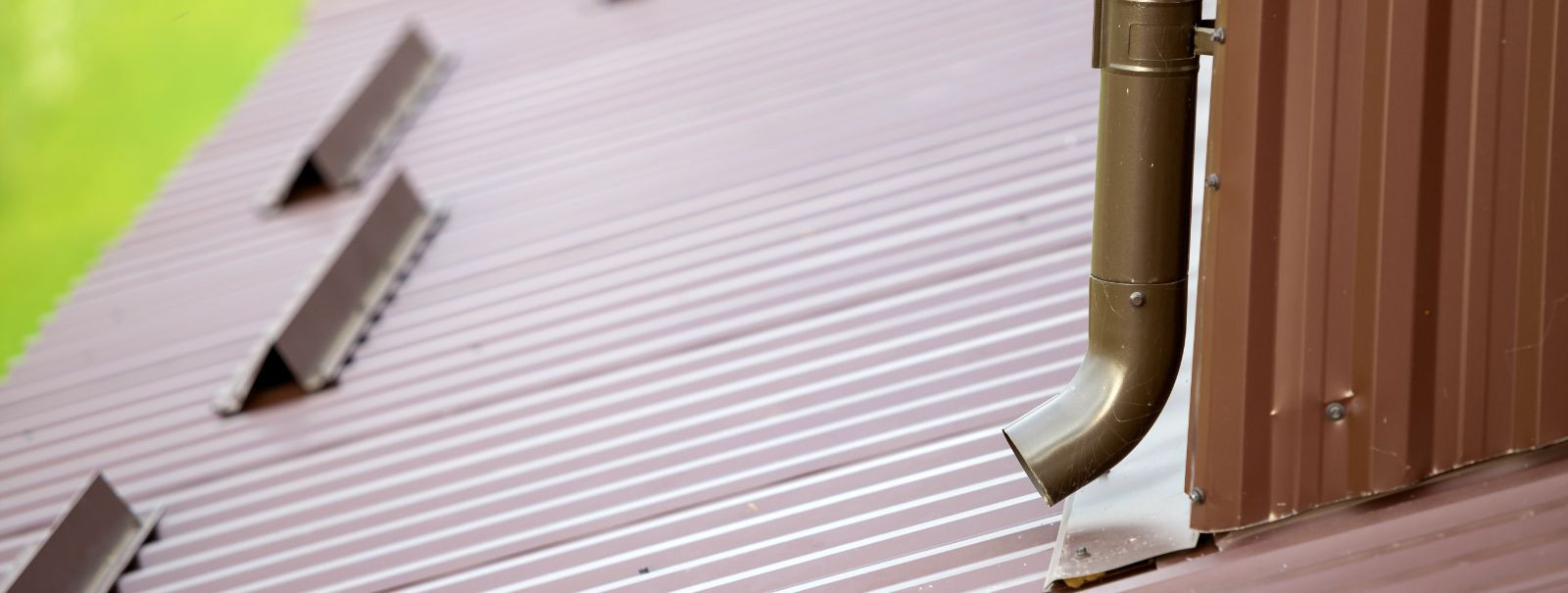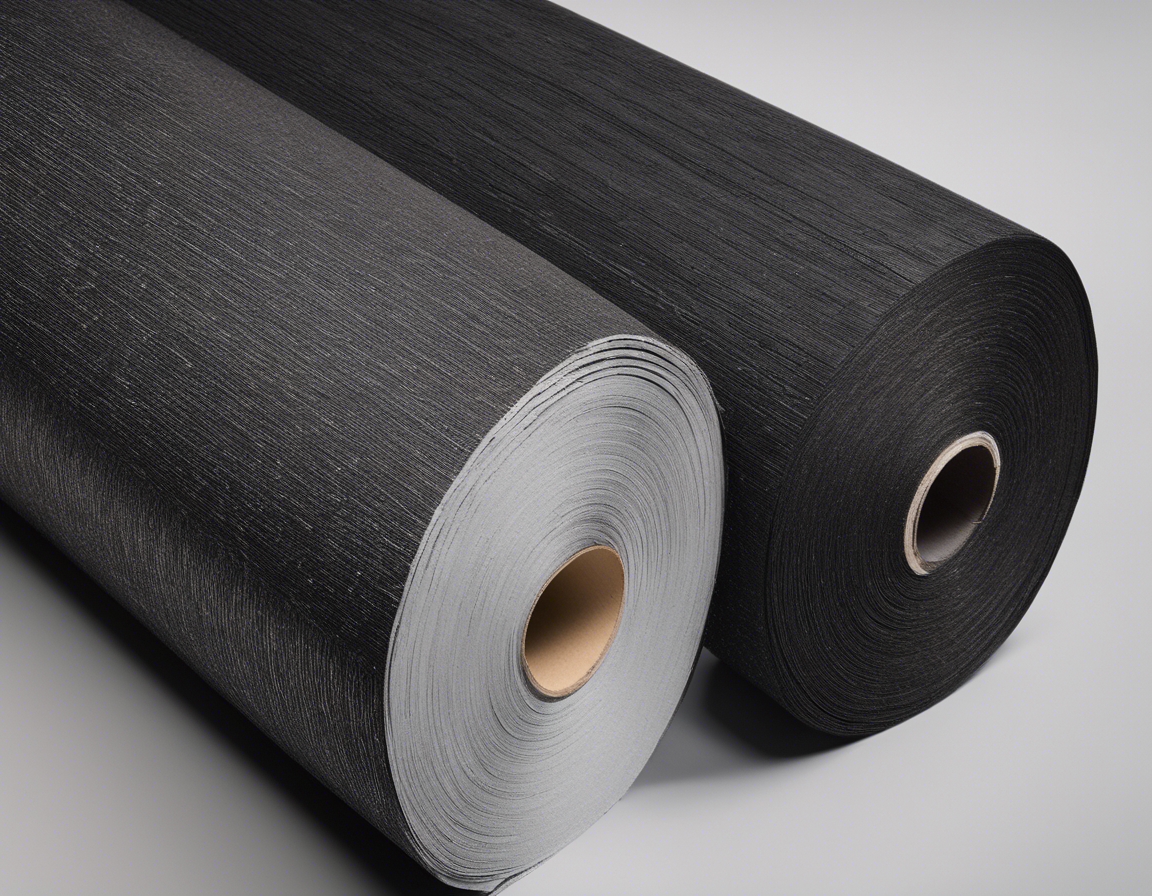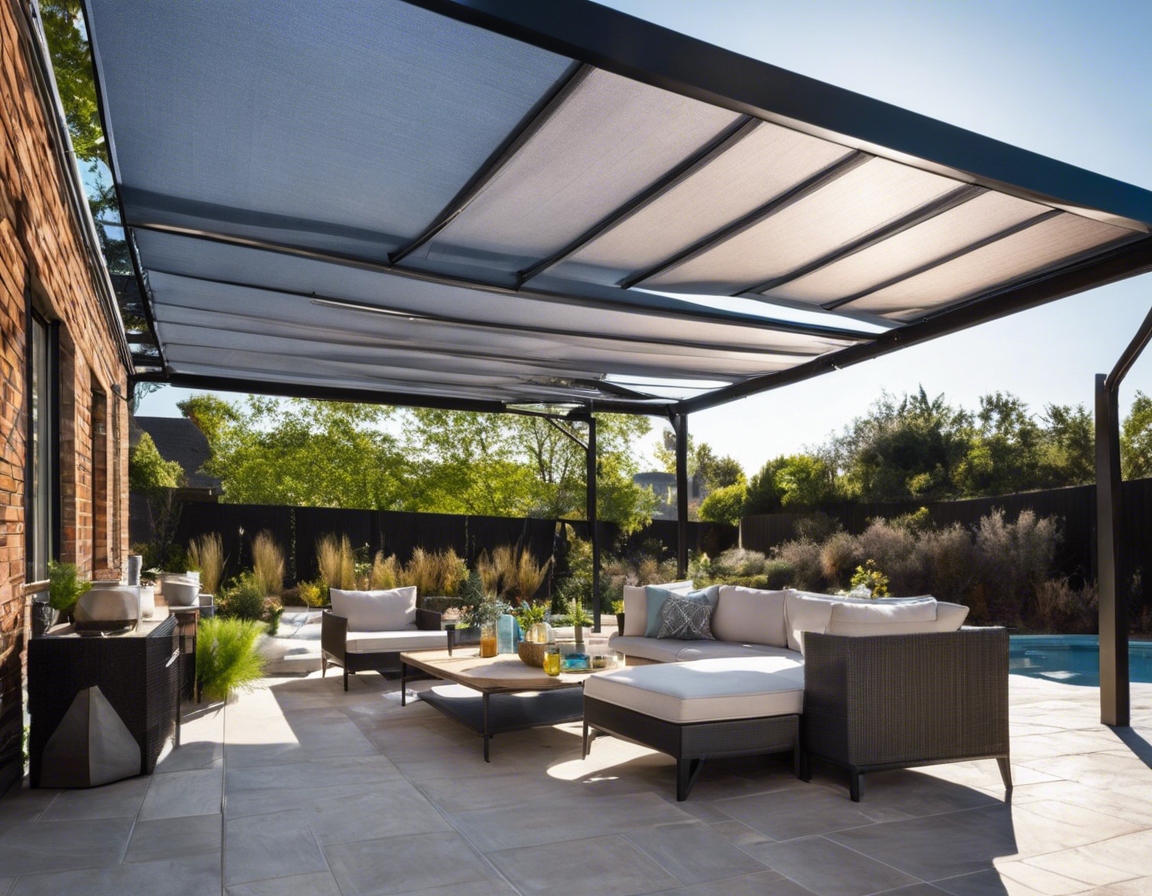Maximizing rainwater harvesting with innovative systems
Rainwater harvesting is a sustainable method of collecting and storing rainwater for later use. This ancient practice has been modernized to provide an eco-friendly solution to water scarcity and to reduce dependence on municipal water supplies. By capturing rainwater from rooftops, the water can be used for irrigation, flushing toilets, and even for drinking if properly treated.
With climate change leading to unpredictable weather patterns and increased water scarcity, rainwater harvesting is not just an environmentally conscious choice but a practical one. It reduces the strain on local water infrastructure and can lead to significant cost savings for property owners. For construction companies, architects, and contractors, incorporating rainwater harvesting systems into their projects can enhance building sustainability and appeal to eco-minded clients.
Innovative Rainwater Harvesting Systems
Modular tanks are a flexible solution that can be tailored to fit the space and capacity needs of any building. These systems can be installed underground or above ground and are designed for easy expansion. The use of high-quality, durable materials ensures that these tanks can withstand harsh weather conditions and provide long-term service.
Advancements in filtration technology allow for the removal of debris and contaminants, making harvested rainwater safe for a variety of uses. Smart systems can monitor water quality and automate the filtration process, ensuring a consistent supply of clean water.
These systems not only aid in the collection and filtration of rainwater but also enhance the aesthetic appeal of the property. Rain gardens can be designed to complement the landscape, while permeable pavements allow water to seep through, reducing runoff and promoting groundwater recharge.
Design Considerations for Rainwater Harvesting
The design of a rainwater harvesting system begins with evaluating the roof and catchment area. The size, shape, and material of the roof can affect the quantity and quality of water collected. It's crucial to ensure that the catchment area is free of contaminants and designed to maximize water collection.
Storage capacity should be calculated based on the local rainfall patterns and the intended use of the harvested water. This ensures that the system can provide an adequate supply during dry periods without unnecessary oversizing.
Choosing the right materials for tanks, piping, and other components is essential for the longevity of the system. TELVE & LAAR OÜ specializes in providing high-quality materials that are resistant to corrosion, UV radiation, and other environmental factors.
Installation and Maintenance of Rainwater Harvesting Systems
Proper installation is key to the success of a rainwater harvesting system. TELVE & LAAR OÜ offers professional installation services that ensure systems are set up efficiently and effectively, with minimal disruption to the site.
Regular maintenance is necessary to keep the system functioning optimally. This includes cleaning gutters, inspecting tanks, and replacing filters as needed. A well-maintained system can provide reliable service for many years.
As weather patterns continue to change, rainwater harvesting systems must be adaptable. TELVE & LAAR OÜ provides solutions that can be adjusted to accommodate varying rainfall conditions, ensuring a consistent water supply.






Comments (0)